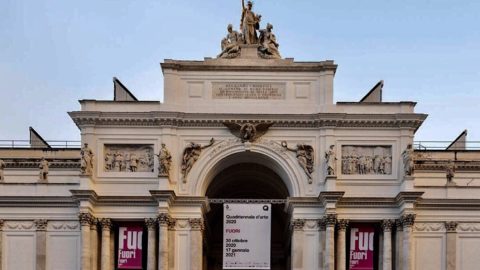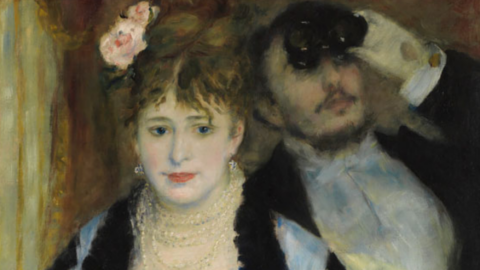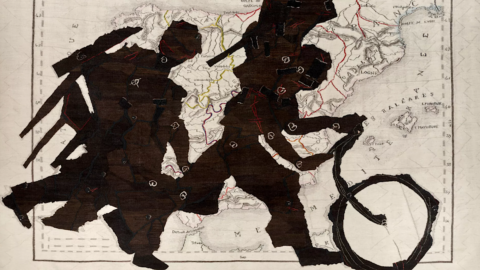La Rome Quadrennial has just turned 90 and is getting ready for its 17th edition. Born to promote national artistic production and with a complementary function compared to the other two major Italian public institutions in support of art: the Venice Biennale and the Milan Triennale. And like these bodies, the Roman institution too must constantly measure itself against different needs and contexts, without however weakening the relationship with the city and its operators.
The Art Quadrennial 2020, curated by Sarah Cosulich and Stefano Collicelli Cagol, will be held at Palazzo delle Esposizioni, as usual, starting from 1 October 2020 until 10 January 2021. An edition that will involve both floors of the Palazzo, through a special exhibition itinerary that will allow you to take a journey through Italian contemporary art from the 70s to today, in relation to the social, political and technological contexts that generated it. With a strong "curatorial slant", around 40 artists will be present on an area of 4 square meters.
However, like any long history, this institution too has had moments of glory, alternated with less positive ones. And precisely for this reason that the president Umberto Coppi, elected last August, launched two important appeals during the conference held on Wednesday 12 February at the Temple of Hadrian. The first concerns the membership program "Friends of the Quadriennale", aimed at private individuals, entrepreneurs and institutions to once again support contemporary art, but above all young Italian artists.
The second face directly to the institutions to resume that tradition, now somewhat lost, of thepurchase of the works, to enhance and support the vast Italian artistic heritage. “It is a duty for the institutions – Croppi affirmed – Over the years more than 2.700 works have been purchased by banks, ministries and the Presidency of the Council”.
There are several directives that the Foundation has set itself. Not only a return to the original spirit, in which the artists once again become the protagonists of the activity, but above all that of "building a network of stable relationships and collaborations over time with other contemporary public and private institutions, with foundations, schools, associations, galleries, not only in the field of visual arts but also in music, dance and theatre”, as stated by Croppi.
In the 2020 edition, three areas of intervention can be distinguished, closely linked to each other, with the aim of making the Quadriennale a point of reference in the contemporary art system of our country, and at the same time, of increasing international visibility of the artists and, consequently, of the institution itself. Furthermore, a training initiative is also planned in the pipeline to create opportunities for cultural exchange of our artists with international art figures.
Another novelty is the change of residence. The new headquarters will be located in a strategic position, between the districts of Trastevere and Testaccio, adjacent to Porta Portese, an area that until recently was nothing but a pile of debris and deposits of building materials. In fact it is theClementine Arsenal, the monumental complex, the arsenal of the papal fleet, commissioned by Pope Clement XI Albani in the 90th century, and which will host events and exhibitions, while the offices will be located in the cordarie, together with a cafeteria/bookshop. The Archive, containing the XNUMX-year history of the foundation, will instead be located in what was once the Salt Warehouse.
An important project, not only for the recovery of a historic structure from the 700th century, but above all for the first true example of urban regeneration and redevelopment of a long abandoned Roman area. Thanks to this renovation project, the open space will be returned to public use, as a "square of the arts", overlooking the river and the city.
In this innovative path, however, the president is not alone but can count on the support of the three institutional partners of the Quadriennale: the Ministry of Cultural Heritage and Activities and Tourism, the Lazio Region and the Municipality of Rome.





